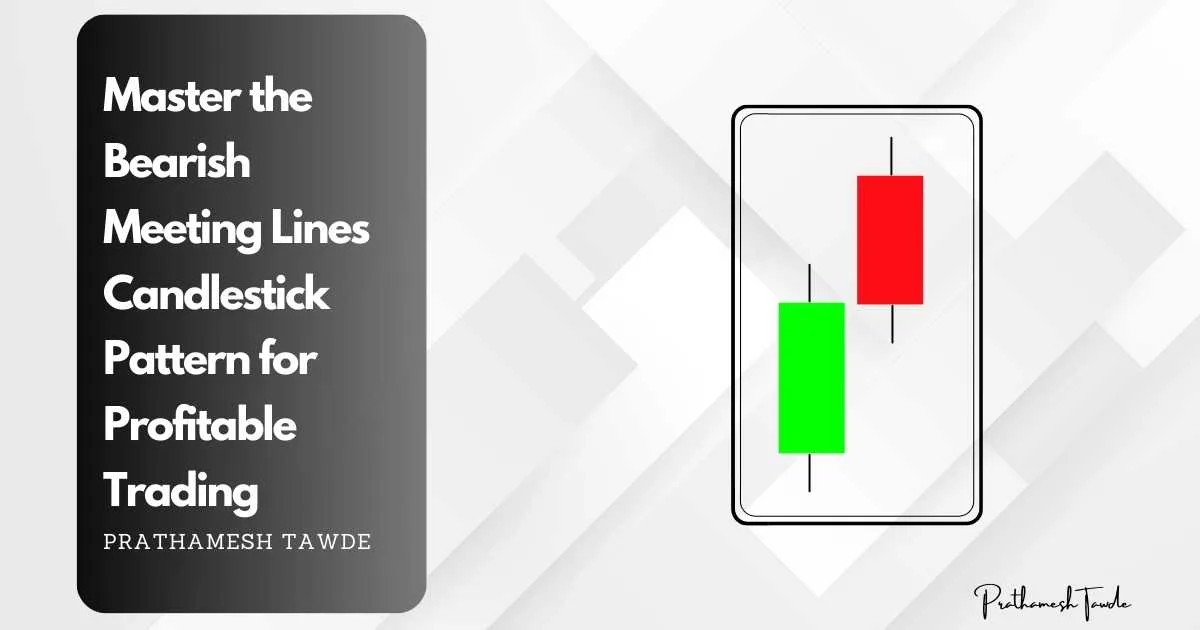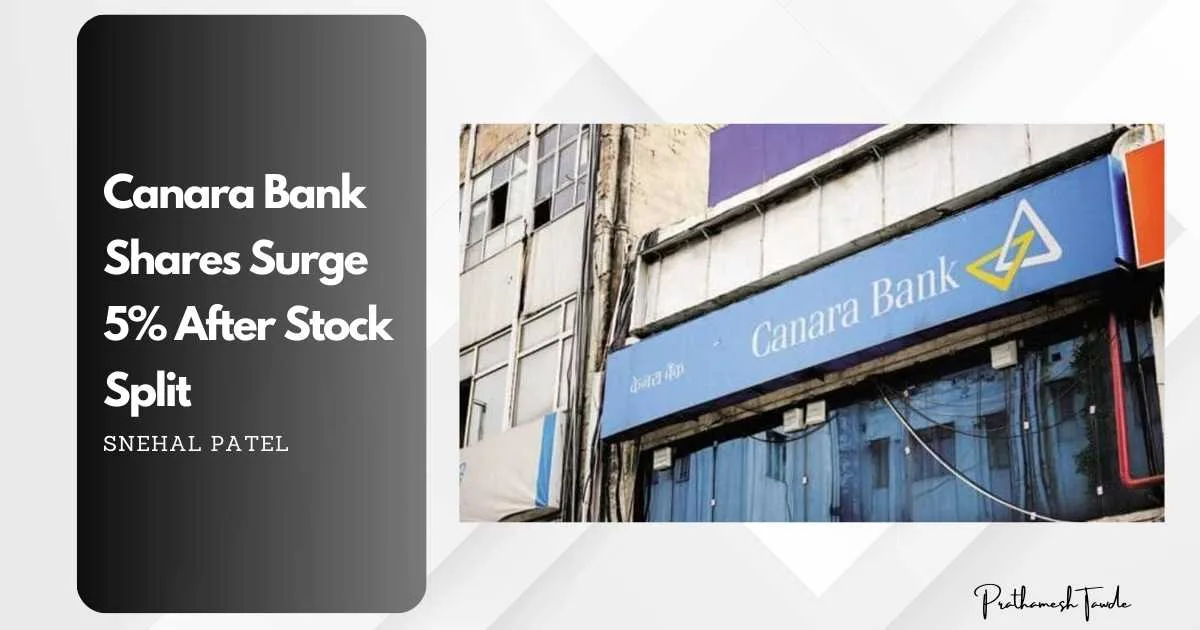Flag Pattern Mastery: 3 Strong Winning Strategies
- Prathamesh Tawde
- December 16, 2023
Introduction
Understanding Flag pattern in trading is key. They are crucial for investors. The reports help them make informed decisions in the financial markets. In this guide, we’ll delve deep into these patterns. We’ll cover what they are and how they form. We’ll also cover their meaning and how traders can use them to improve their strategies.
What is a flag pattern?
Definition
A flag pattern is a tool used by traders for technical analysis. It shows continuation patterns in an asset’s price action.
Characteristics
Shape: They are rectangular. They form on a price chart.
Duration: They are short-term patterns. They last from a few days to a few weeks.
Trend: They occur in a larger price trend. They show a brief pause before the trend resumes.
Types of Flag Patterns
bullish flag pattern
A bullish flag pattern forms after a strong price movement. It shows a brief pause before the uptrend continues.
bearish flag pattern
Bearish flag pattern is the opposite of a bullish flag pattern. It happens after a big price drop. It shows a brief pause before the downtrend resumes.
pole and flag pattern
In trading, the “pole and flag pattern” is a specific technical chart pattern. It has two parts: the pole and the flag.
A pole is also known as the flagpole or mast. It represents a strong price movement in a direction. The movement is usually sharp. It occurs over a short period and causes a noticeable and big price change.
A flag follows the pole. It forms either as a consolidation or a retracement within a smaller range. It looks like a rectangle on the price chart. It is often marked by parallel trendlines. The flag usually slopes against the pole’s direction. It shows a pause or hesitation in the market before the trend resumes.
The pole and flag pattern is a continuation pattern. It suggests that, after the period of flag consolidation, the price will likely continue in the direction of the initial pole. Traders often look for chances to enter trades when the price breaks out of the flag formation. They use the pole’s height as a potential price target.
This pattern is common in financial markets. It occurs in stocks, forex, and commodities. It can be a valuable tool for technical analysis and trading strategies.
inverted flag pattern
Formation: The inverted flag pattern is a bearish continuation pattern. It forms after a price drop, called the flagpole. This drop is followed by a period of consolidation.
Shape: It’s typically rectangular on the price chart. It slopes upwards against the prior downtrend.
Duration: Inverted flag patterns are short-term. They last from a few days to a few weeks.
Volume: During the formation of the inverted flag pattern, volume tends to decline. This shows that market participation is decreasing.
Entry Points: Traders often enter short positions at breakout from the inverted flag. This break signals a potential downtrend continuation.
Stop Loss and Take Profit: Stop Loss and Take Profit are essential. Risk management is important. Stop-loss orders are typically placed above the high of the flag pattern. Take-profit levels are often set based on the height of the flagpole.
Confirmation: Other indicators or a big volume increase can confirm the flag pattern.
Understanding the inverted flag pattern can help traders. It can help them spot bearish trades. It also helps them manage risk in falling markets.
Formation of Patterns
Price Action
This pattern form when buying and selling pressure in the market briefly balance.
Volume
During the formation of a this pattern, trading volume tends to decline. This decline indicates decreased market participation.
Identifying Flag Patterns
Technical Analysis Tools
Trendlines: Drawing trendlines connects the highs and lows of the price action. This helps to find the boundaries of a Flag Pattern.
Volume Analysis
Monitoring trading volume can confirm the validity of the pattern.
Trading Strategies with Flag Patterns
Entry Points
Traders frequently initiate trades when the price breaches the flag formation. This is in the direction of the prevailing trend.
Stop Loss and Take Profit
Use stop-loss orders. Put them below the low for bullish flags or above the high for bearish flags. This helps manage risk. Take profit levels are often set based on the height of the flagpole.
Conclusion
These patterns are valuable tools in the arsenal of technical analysts and traders. By understanding how they form and using appropriate trading strategies. investors can gain an edge. They can use it to navigate the complexities of the financial markets.
FAQs
A flag pattern is a tool used by traders for technical analysis. It identifies continuation patterns in an asset’s price action
Flag Patterns have a rectangular shape on the chart. They appear after a big price movement. They show a short pause before the trend resumes.
Yes, Flag Patterns are reliable. This is when they are confirmed by other indicators and high trading volume.
Absolutely! Traders commonly see flag patterns in stocks, forex, and other markets. They offer trading chances in many assets.
Traders commonly initiate positions when the price breaks out from the flag pattern. They do so in the direction of the prevailing trend. They set stop-loss and take-profit levels to manage risk well.

I’m Prathamesh Tawde, a leading figure in the dynamic world of financial markets. Born on March 30, 1986, in the vibrant city of Thane, Maharashtra, I’ve nurtured a profound passion for technical analysis and a commitment to guiding individuals toward successful trading journeys. With a mission to empower and educate, I’ve carved a distinct niche as a content creator, educator, and mentor.





